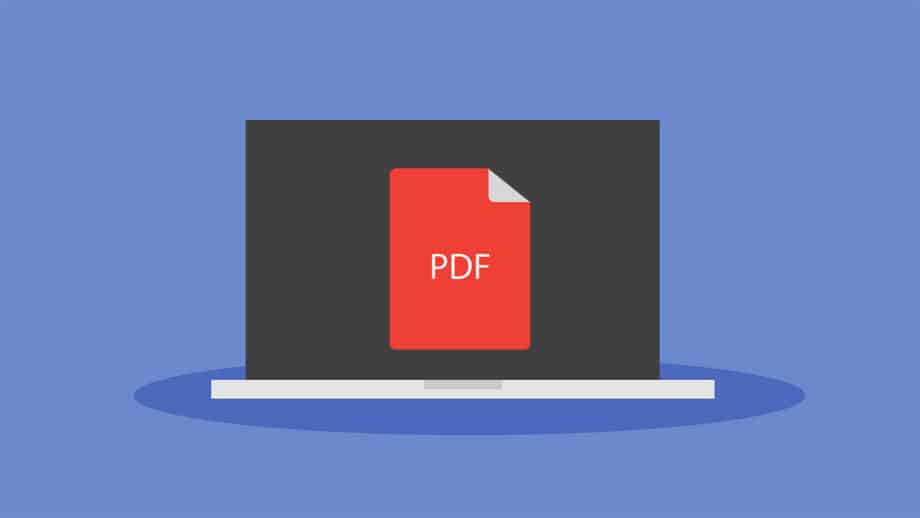Since the early 1990s, Hypertext Markup Language, commonly known as HTML, has been the most common way to format web content. Yet, while HTML is perfect for displaying content on the web, it is less suited for archiving or transmitting said content across the Internet. To ensure web content retains its authenticity, security, and accessibility when being transferred to another entity or saved for archiving, it needs to be converted into a reliable format.
In such cases, the Portable Document Format, or PDF, is the format of choice for many organisations. While there are several benefits to converting HTML to PDF, there are risks involved in the process that can diminish the quality of the final result. Therefore, how you choose to convert your web content is important.
Why is Converting HTML to PDF Important?

As digital content continues to proliferate, the ability to preserve information in a consistent and accessible format has become increasingly crucial. HTML may be the backbone of web presentation, but its limitations become apparent when reliability and uniformity are required beyond the browser. This is where PDF conversion becomes not just useful, but essential.
By understanding the reasons behind converting HTML to PDF, organizations can make informed decisions that enhance both the integrity and utility of their digital documents.
“In a world where web pages vanish with a click, converting HTML to PDF gives your information a permanent home. It’s the difference between a passing headline and a story that endures.”Adobe
Many organizations convert HTML to PDF for various reasons, including:
1. Increased Compatibility
While HTML documents are great at displaying content on the web, they don’t always display the same way across devices or even different browsers. By converting web content to PDF, you can ensure that the formatting remains consistent across all platforms and devices without any loss of information. This also makes it easier to print out content if needed.
2. Enhanced Security
Keeping data secure is a major concern for most organisations when transferring content across the Internet. Converting HTML to PDF ensures an extra layer of security as it allows files to be encrypted and password-protected. This prevents unauthorised parties from accessing or altering such information. You can also add digital signatures as a quick and safe way to formalise legal documents.
“When legal papers travel online, trust can be fragile. A digital signature on a PDF restores that trust, sealing every agreement with certainty and speed.”DigiCert
3. Streamlined File Management
Trying to send HTML documents through the Internet can be a convoluted and time-consuming process, especially if they are image-heavy or contain different media. Converting them to PDF simplifies the process, reducing the overall file size without compromising on quality. Instead of having to manage each element separately, PDF merges all parts into a single document for easier management.
4. A More Professional Look
Trying to send a multi-part HTML document to another party can not only feel unwieldy, but it can also lack the streamlining needed to create a professional look. Converting it to PDF gives the content much more cohesion and is more aesthetically pleasing overall. In the corporate world, where everything needs to be smooth and accomplished, this kind of attention to detail is very important.
5. Improved Accessibility
HTML documents are web-based and often require an Internet connection to be properly accessed. If you are in an area with little to no Internet access, trying to view this content may be difficult or even impossible. Converting these documents to PDF means you can keep them in your personal storage, allowing you to securely access them anywhere, even when offline.
“Your ideas deserve to travel with you. Converting to PDF keeps them safe, close, and always ready – no connection required.”Doppio.sh
6. Preserves Interactive Media
One of the most popular features of HTML content is that this format can feature different media, including images and videos, as well as interactive elements. PDF files can preserve many of these elements, ensuring that content is presented as close to the original as possible.

Common Uses for Converting HTML to PDF
While there are many reasons why organisations require web content converted from HTML to PDF, here are some of the main ones:
- Invoices and Receipts: If an online store or service generates an invoice in HTML, converting it to PDF allows the customer to download and print it out.
- Archived Web Pages: Converting to PDF generates an accurate and readable version of a web page and its content for future archiving.
- Statistics and Reports: Where reports are generated in real time on dashboards, you can create PDF snapshots of this data to share with others.
- Legal Contracts: If a dynamic contract template is developed in HTML, the finished version can be converted to PDF to ensure it is secure and legally binding.
- Educational Material: For educational material found on web pages, converting to PDF allows it to be distributed as handouts in class.
How to Convert HTML Content to PDF?
“When you convert HTML to PDF, you aren’t just saving words – you’re capturing context, design, and detail in one neat package.”DEV Community
There are three main methods for converting HTML to PDF, and each has its pros and cons.
Open Source Libraries
These tools run directly in the backend of applications to produce PDF content. They are often free to use, open source, and fully customisable, but may not be able to handle more complex HTML pages.
Headless Browsers
These run in the background of advanced web browsers and generate PDF documents of web content for distribution. They are better at handling complex and dynamic content than open-source libraries, but are resource-heavy and not proficient at handling heavy workloads.
Cloud-based APIs
These services allow customers to send HTML content to a third-party cloud server for PDF conversion. Although more expensive than the other methods, this is the easiest option for accurate and high-volume PDF conversions.
Conclusion

Ultimately, the best method for converting HTML to PDF depends on your specific needs – whether you prioritize customization, performance, ease of use, or scalability. By weighing the strengths and limitations of each approach, you can select a solution that ensures your materials are accessible, professional, and ready for distribution in any organizational setting.






